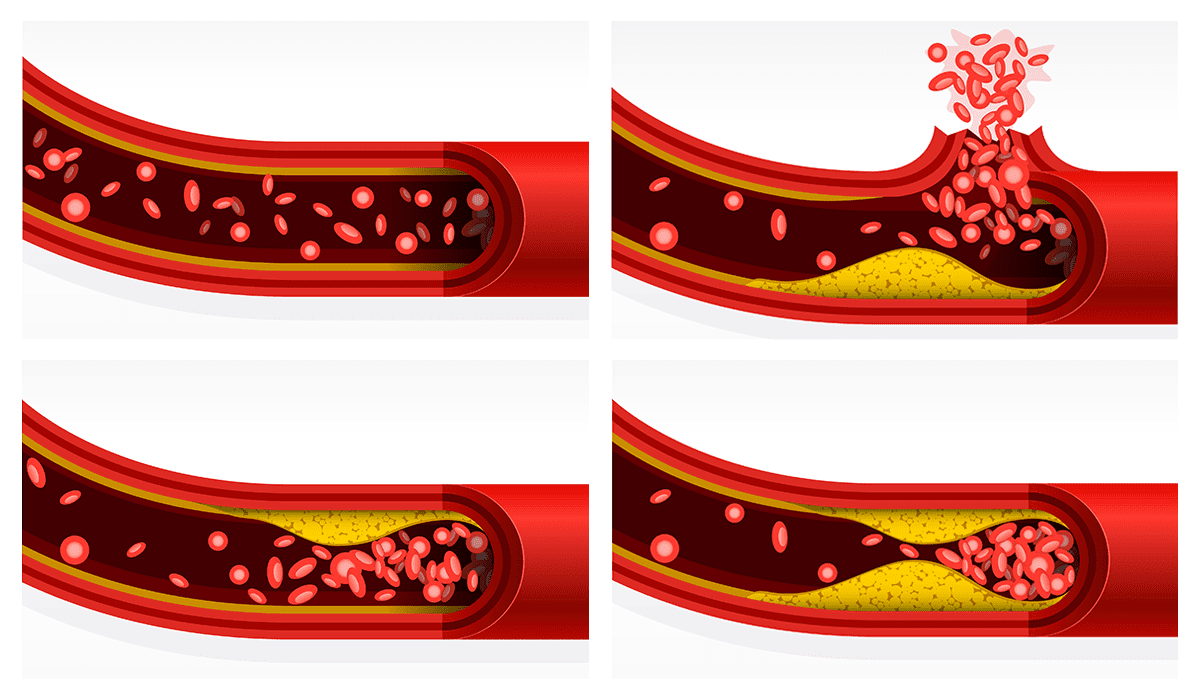By Claudio López Bruzual, MD.
Considering LDL (bad cholesterol) as a target marker for our efforts to control the atherosclerotic disease is already an old debate. In a new work of the Copenhagen General Population Study,13015 patients treated withstatins were followed. The purpose was to determine the residual risk of death from any cause, and the risk of developing a myocardial infarction within an average of 8 years in patients taking statins, despite obtaining the expected reduction in LDL-cholesterol levels.
The results
The work mentioned above concludes that levels of Apo B* and Non-HDL Cholesterol appear to be better markers of residual risk. In particular, Apo B* levels in patients who were taking statins and not just LDL cholesterol level. To understand this, we have to keep in mind that Apo Lipoprotein B (or Apo B) is the main protein transporting cholesterol in the blood and tissues and is linked to almost all cholesterol factions, whether LDL cholesterol, VLDL cholesterol or quilomicrons.
For patients with a history of vascular disease, or at high risk of vascular disease, an LDL level of less than 100 mgdl is recommended as the meta value of LDL cholesterol. In some cases, it may even be necessary to force treatment to achieve LDL values below 70 mgdl (depending on risk, the initial LDL value, and non-HDL cholesterol values). It is precisely in this group of patients that the use of Apo B levels as a residual risk marker seems to be useful.



